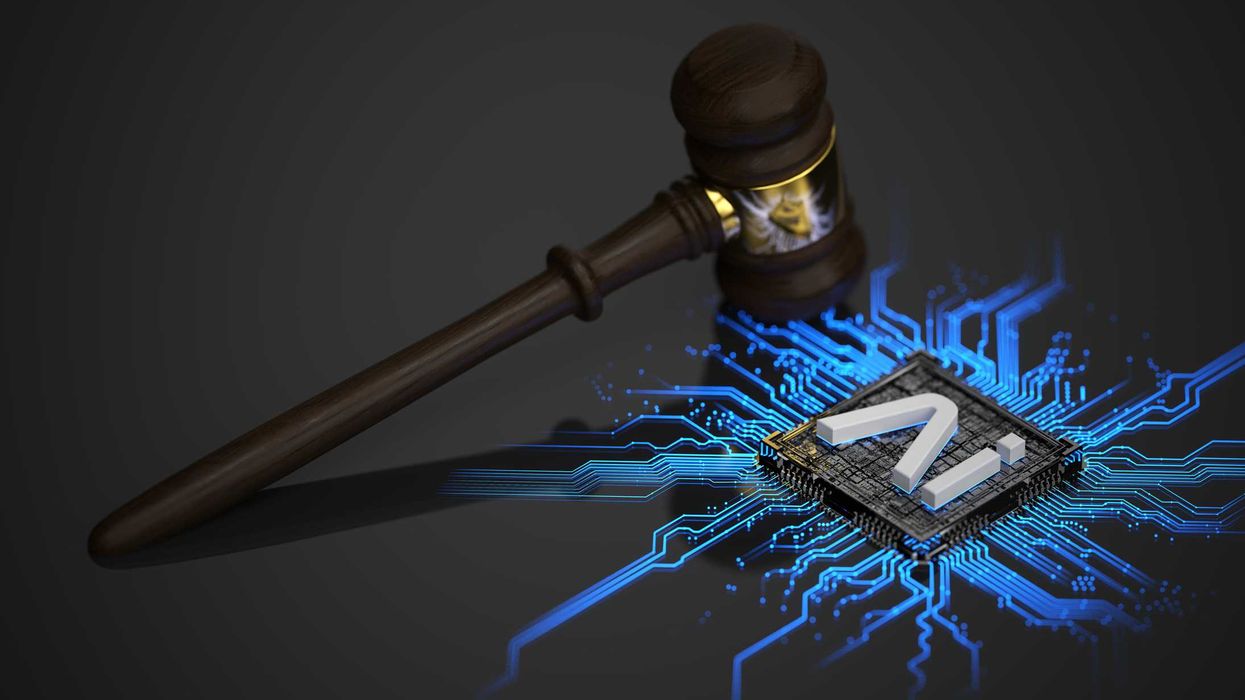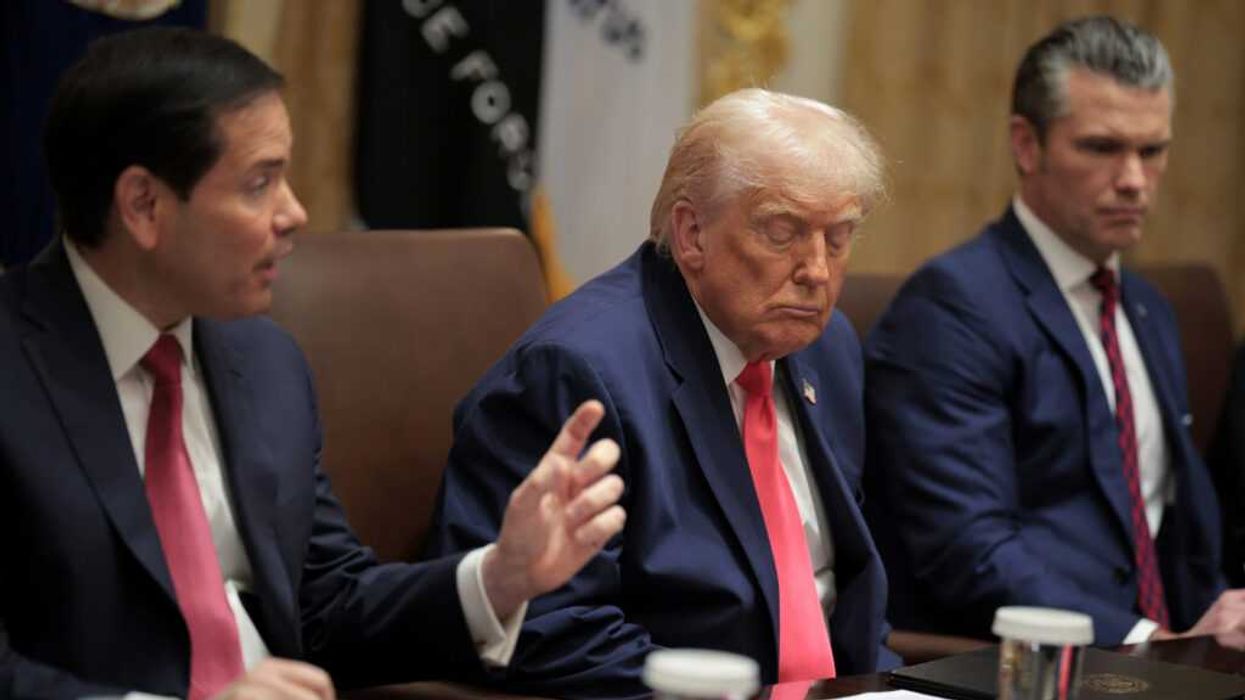Picture this: A congressional hearing on “AI policy” makes the evening news. A senator gravely asks whether artificial intelligence might one day “wake up” and take over the world. Cameras flash. Headlines declare: “Lawmakers Confront the Coming Robot Threat.” Meanwhile, outside the Beltway on main streets across the country, everyday Americans worry about whether AI tools will replace them on factory floors, in call centers, or even in classrooms. Those bread-and-butter concerns—job displacement, worker retraining, and community instability—deserve placement at the top of the agenda for policymakers. Yet legislatures too often get distracted, following academic debates that may intrigue scholars but fail to address the challenges that most directly affect people’s lives.
That misalignment is no coincidence. Academic discourse does not merely fill journals; it actively shapes the policy agenda and popular conceptions of AI. Too many scholars dwell on speculative, even trivial, hypotheticals. They debate whether large language models should be treated as co-authors on scientific papers or whether AI could ever develop consciousness. These conversations filter into the media, morph into lawmaker talking points, and eventually dominate legislative hearings. The result is a political environment where sci-fi scenarios crowd out the issues most relevant to ordinary people—like how to safeguard workers, encourage innovation, and ensure fairness in critical industries. When lawmakers turn to scholars for guidance, they often encounter lofty speculation rather than clear-eyed analysis of how AI is already reshaping specific sectors.
The consequences are predictable. Legislatures either do nothing—paralyzed by the enormity of “AI” as a category—or they pass laws so broad as to be meaningless. A favorite move at the state level has been to declare, in effect, that “using AI to commit an illegal act is illegal.” Laws penalizing the use of AI to do already illegal things give the appearance of legislative activity but do little to further the public interest. That approach may win headlines and votes, but it hardly addresses the real disruption workers and businesses face.
Part of the problem is definitional. “AI” is treated as if it were a single, coherent entity, when in reality it encompasses a spectrum—from narrow, task-specific tools to general-purpose models used across industries. Lumping all of this under one heading creates confusion. Should the same rules apply to a start-up using machine learning to improve crop yields and to a tech giant rolling out a massive generative model? Should we regulate a medical imaging tool the same way we regulate a chatbot? The broader the category, the harder it becomes to write rules that are both effective and proportionate.
This definitional sprawl plays into the hands of entrenched players. Large, well-capitalized companies can afford to comply with sweeping “AI regulations” and even lobby to shape them in their favor. Smaller upstarts—who might otherwise deliver disruptive innovations—are less able to bear compliance costs. Overly broad laws risk cementing incumbents’ dominance while stifling competition and experimentation.
Academia’s misdirected focus amplifies these legislative errors. By devoting disproportionate attention to speculative harms, scholars leave a vacuum on the issues that lawmakers urgently need guidance on: workforce transitions, liability in high-risk contexts, and the uneven distribution of benefits across communities. In turn, legislators craft rules based on vibes and headlines rather than hard evidence. The cycle perpetuates popular misunderstandings about AI as a mystical, autonomous force rather than what it really is: advanced computation deployed in diverse and practical ways.
Breaking this cycle requires a shift in academic priorities. Law schools and policy institutes should be producing rigorous, sector-specific research that maps how AI is actually used in hiring, logistics, healthcare, and education. They should be equipping students—not just with critical theory about technology but with practical tools to analyze which harms are novel, which are familiar, and which are overstated. And they should reward faculty who bring that analysis into legislative conversations, even if it means fewer citations in traditional journals and more engagement with policymakers.
For legislators, the lesson is equally clear: resist the temptation to legislate against “AI” in the abstract. Instead, focus on use cases, industries, and contexts. Ask whether existing laws on consumer protection, labor, and competition already cover the concern. And when crafting new rules, ensure they are narrow enough to avoid sweeping in both the start-up and the superpower indiscriminately.
If academics can resist the pull of speculative debates, and if legislators can resist the urge to regulate AI as a monolith, we might finally bring policy into alignment with reality. The public deserves a debate focused less on worst-case scenarios and more on the practical realities of how today’s tools are already shaping daily life. That is where the real challenges—and the real opportunities—lie.
Kevin Frazier is an AI Innovation and Law Fellow at Texas Law and Author of the Appleseed AI substack.




















